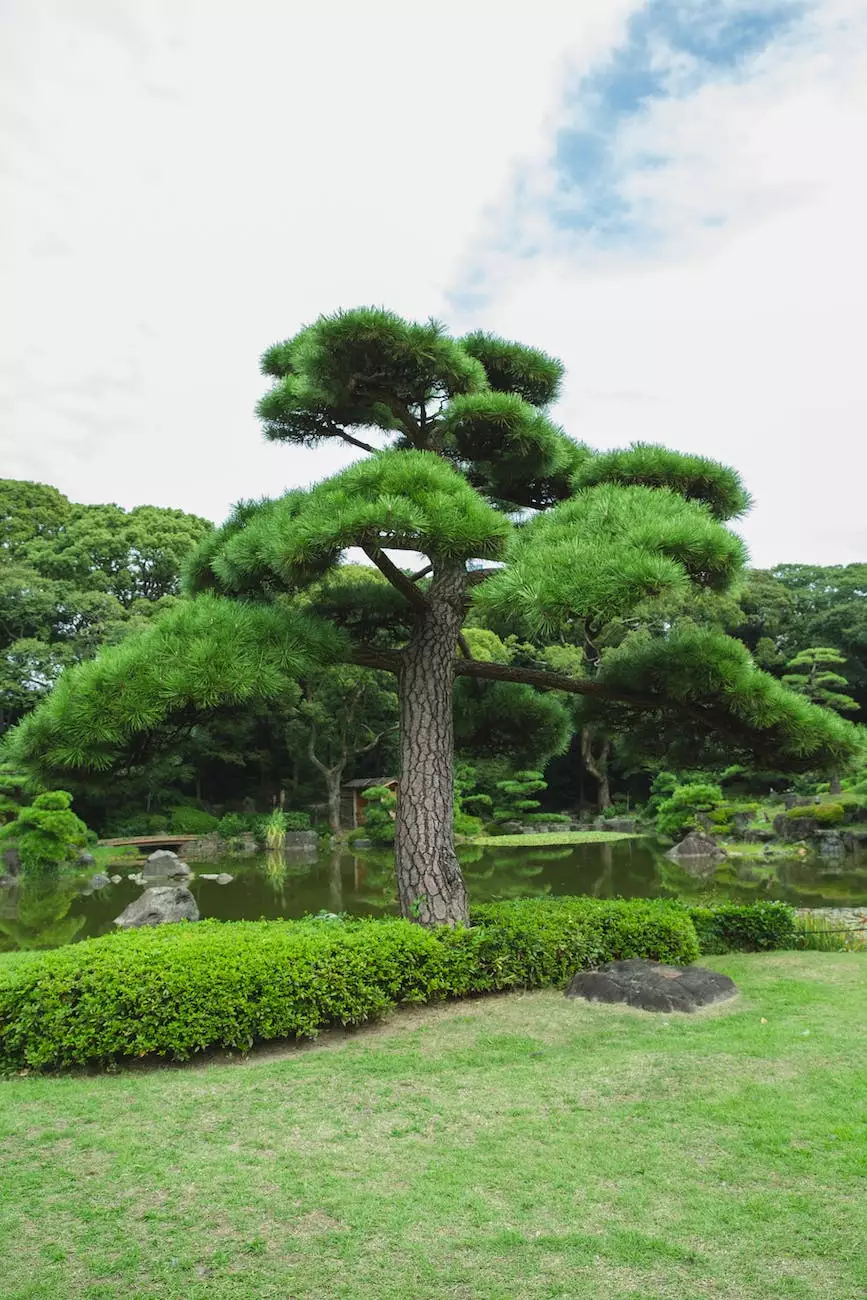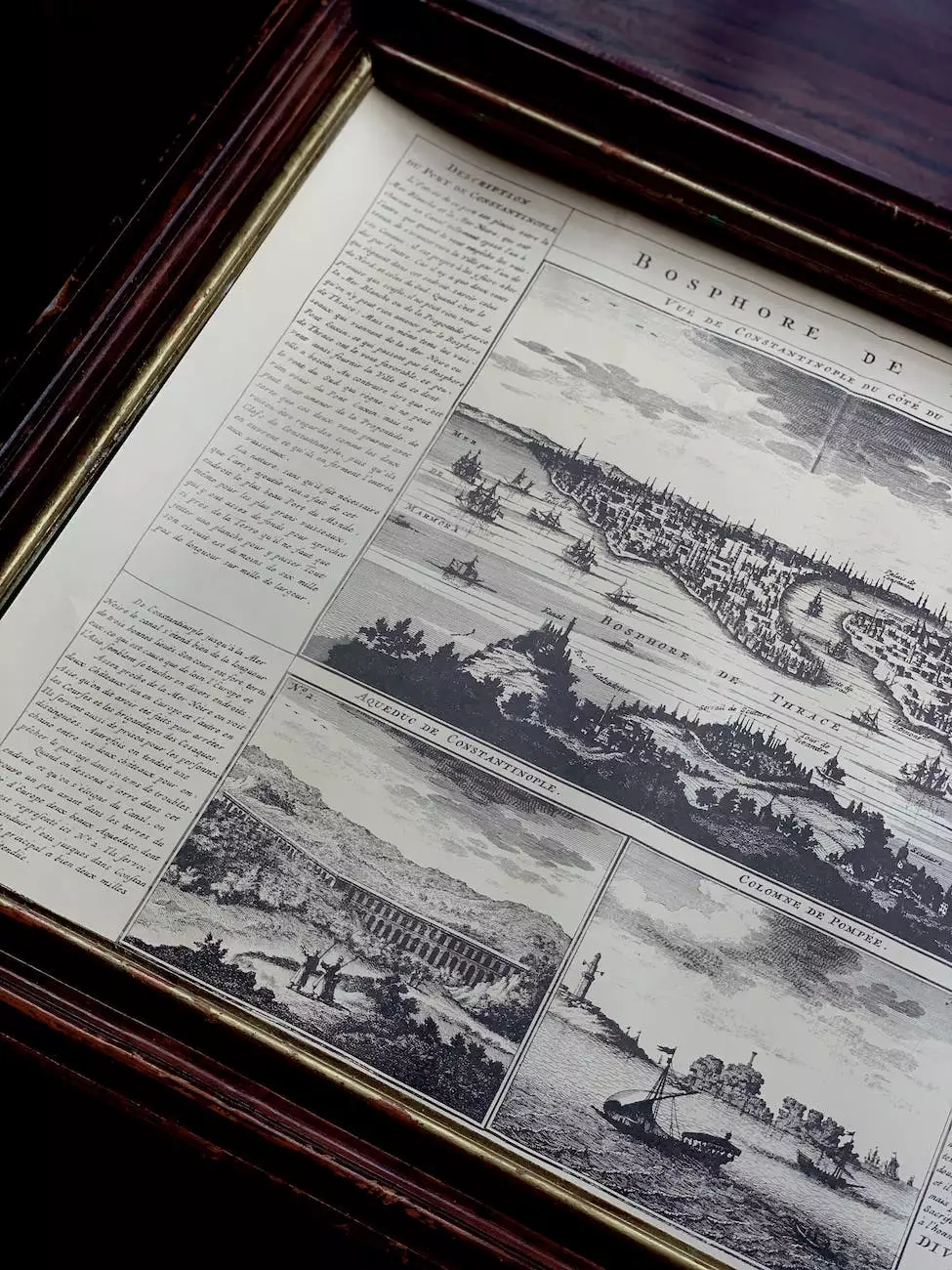Designing a Stunning Medieval Garden

Welcome to American Pond & Gardens, your ultimate destination for all things related to home and garden gardening. In this blog, we'll dive deep into the world of medieval garden design and provide you with a wealth of creative ideas and inspirations to transform your outdoor space into a magnificent medieval paradise.
1. Capturing the Essence of Medieval Gardens
Medieval gardens were renowned for their beauty and symbolic representations. They were typically designed with a combination of practicality and aesthetics in mind, often serving as a place for contemplation and reflection. To create an authentic medieval garden, consider incorporating the following elements:
- Mystical Herbs and Medicinal Plants
- Ornate Stone Pathways
- Decorative Arbors and Trellises
- Charming Water Features
- Geometric Patterns and Symmetry
By incorporating these elements into your garden, you can recreate the enchanting atmosphere of a medieval era.
2. Choosing the Perfect Plant Selection
When it comes to selecting plants for your medieval garden, opt for varieties that were popular during the medieval period. Here are some plant recommendations:
- Rosemary
- Lavender
- Sage
- Thyme
- Hellebore
- Lily
These plants not only add a touch of authenticity but also possess unique scents and textures that allow you to create a sensory experience in your garden.
3. Incorporating Architectural Features
Architectural features play a vital role in creating a visually stunning medieval garden. Here are a few ideas to consider:
3.1 Stone Pathways and Walls
Stone pathways and walls provide a sense of age and timelessness to your garden. Use flagstone or cobblestone to create winding paths and surround your garden with decorative stone walls.
3.2 Gothic Arbors and Trellises
Gothic-style arbors and trellises add an element of drama and elegance to your garden. Opt for intricate designs and incorporate climbing plants to create a mesmerizing effect.
3.3 Decorative Water Features
No medieval garden is complete without a water feature. Consider adding a stone fountain or a small pond with a cascading waterfall. The sound of trickling water will enhance the sense of tranquility in your garden.
4. Designing Symmetrical Patterns
Medieval gardens were known for their symmetrical patterns and geometric designs. To achieve this, divide your garden into distinct sections and create symmetrical patterns using hedges, pathways, and planted beds. This will not only create a visually pleasing layout but also reflect the intricate artistry of medieval gardens.
5. Enhancing the Atmosphere with Decorative Accessories
Add the finishing touches to your medieval garden by incorporating decorative accessories. Consider the following:
- Antique Garden Statues
- Medieval-inspired Sundials
- Wrought Iron Lanterns
- Stone Carvings
These accessories will add a touch of whimsy and historical charm to your garden.
Conclusion
Creating a stunning medieval garden is an exciting journey that allows you to combine history, creativity, and nature. By following the tips and inspirations provided in this blog post, you'll be well on your way to designing a captivating medieval garden that is sure to impress.
Remember, a medieval garden is a testament to the beauty and ingenuity of the past, and with a little planning and dedication, you can create a truly remarkable outdoor space.










